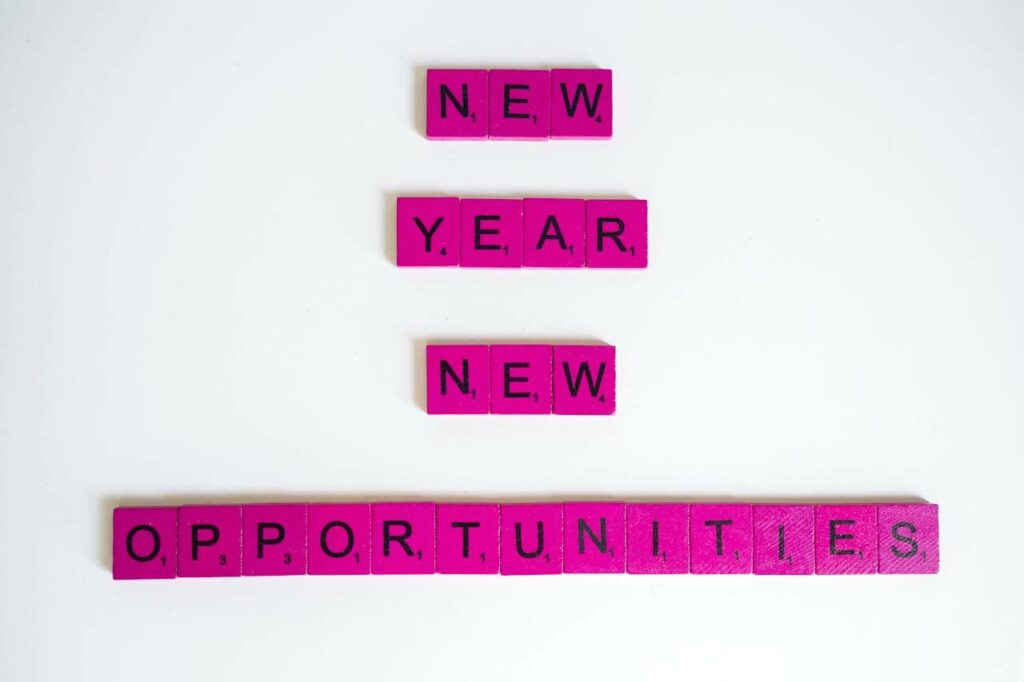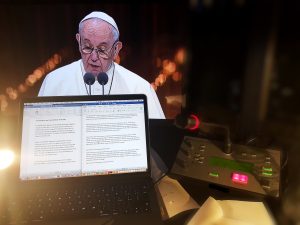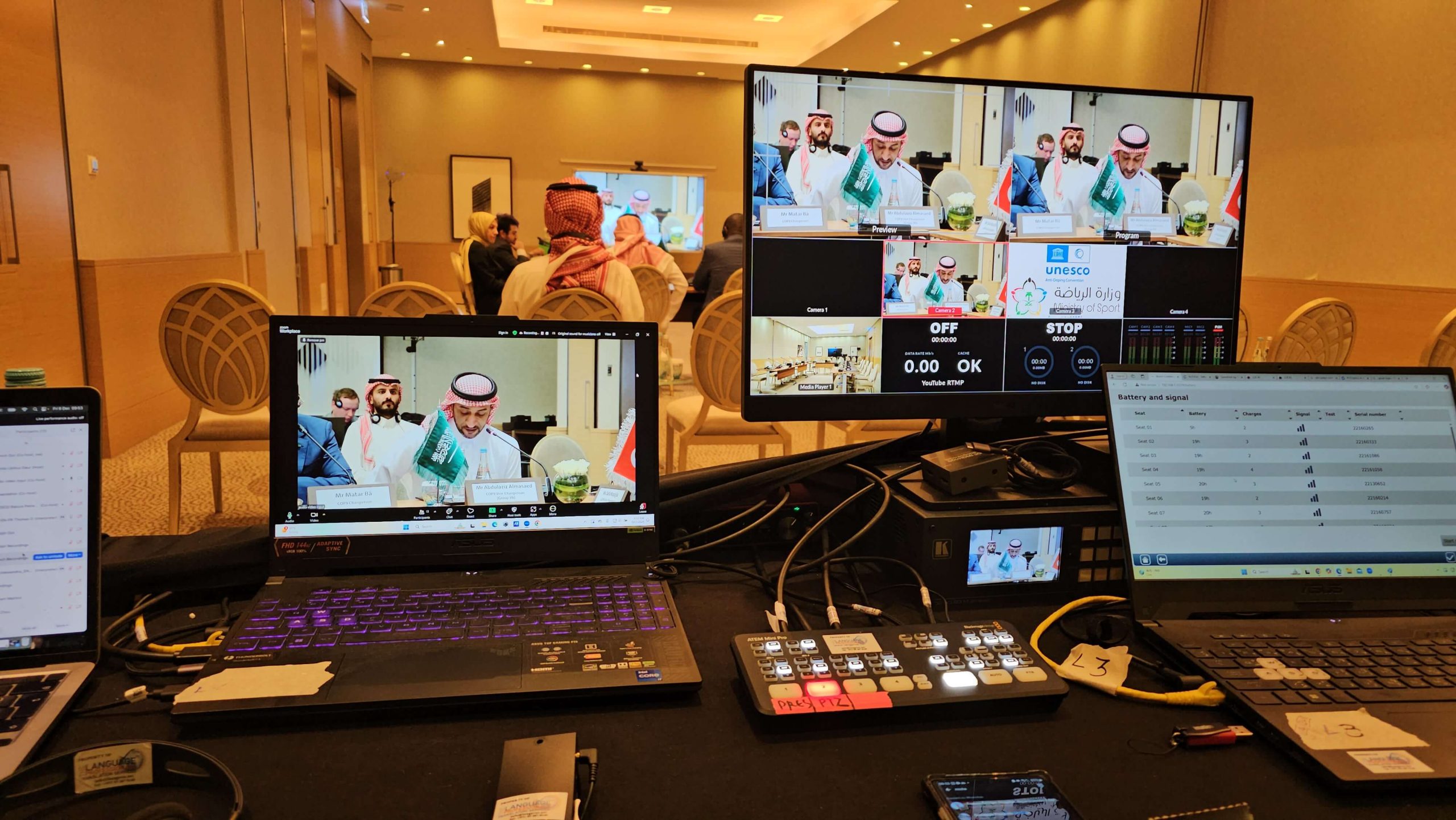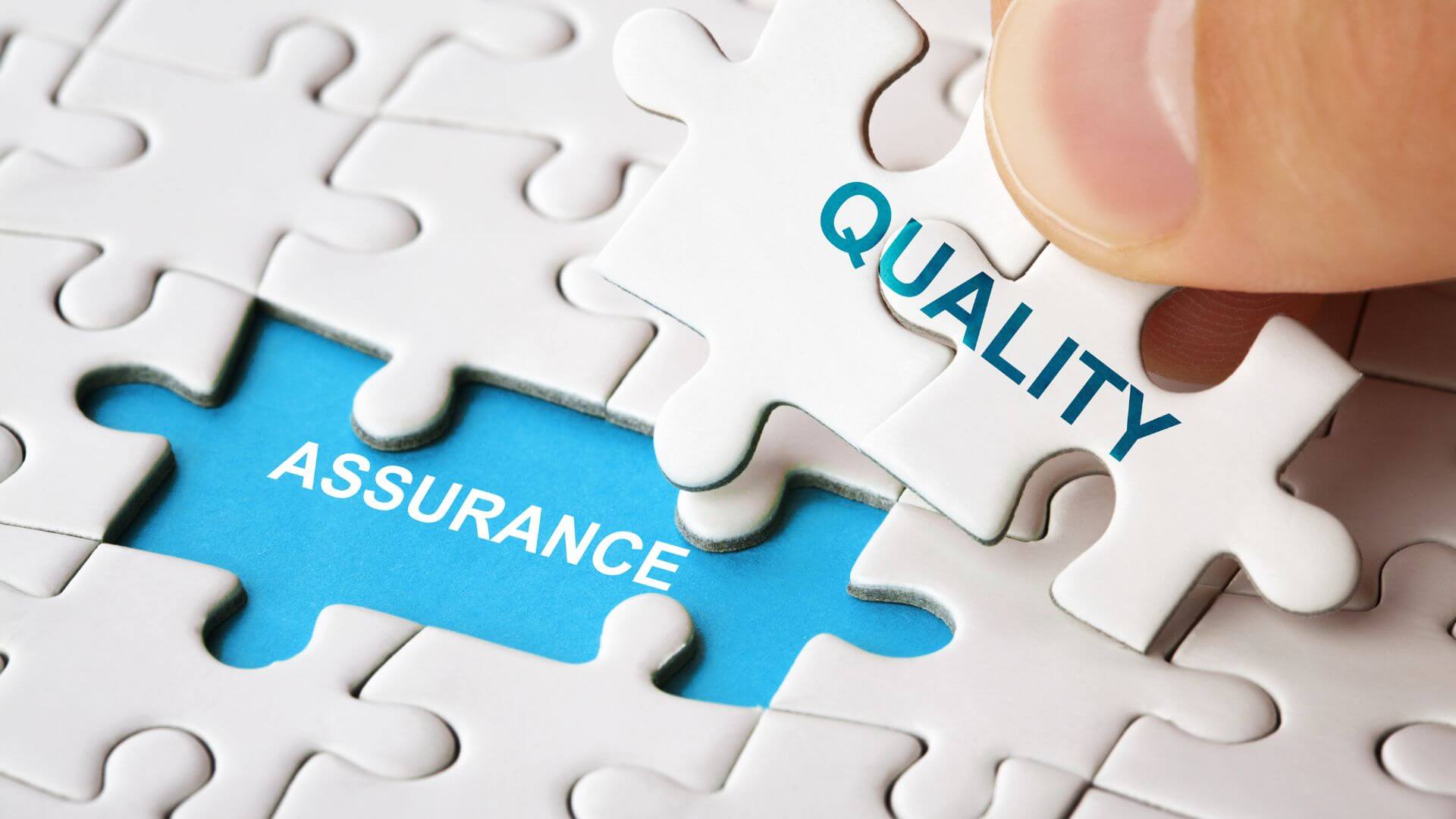Researched and written by Evangelos – ~5 min read

In 2025, the translation and interpretation industry will continue to evolve at a breakneck pace, shaped by technological advancements and the global push for inclusivity. Despite emerging innovations, many enduring trends remain central to how businesses and organizations bridge language barriers effectively. Here’s a closer look at the translation and interpretation trends that will still make waves in the upcoming year.
- The Continued Rise of AI-Powered Solutions
AI technology will remain a cornerstone of the industry in 2025. From machine translation (MT) to AI-generated subtitles and voiceovers, automation is speeding up processes without entirely replacing the human touch. For example, Neural Machine Translation (NMT) has improved significantly, enabling nuanced translations that maintain context and tone. However, Machine Translation Post-Editing (MTPE) is thriving as businesses recognize the need for human editors to refine AI outputs and ensure cultural accuracy.
AI is also transforming interpreting with on-demand platforms that offer instant language support for events and meetings. While these tools excel at convenience and cost-efficiency, the role of human interpreters remains critical for high-stakes scenarios.
- Hybrid and Remote Interpreting Dominance
Remote work and global connectivity have permanently shifted the interpreting landscape. In 2025, Video Remote Interpreting (VRI) and Over-the-Phone Interpreting (OPI) will continue to gain popularity, offering flexibility for businesses and individuals. This trend is bolstered by improvements in platform usability, enhanced video quality, and real-time language support for hybrid and virtual events.
For large-scale events, hybrid interpreting solutions combining human interpreters and AI tools are increasingly used to balance precision with scalability. Event organizers value this adaptability, especially as global gatherings adopt more inclusive multilingual policies.
- Hyper-Localization & Ethical Practices
The demand for culturally nuanced communication goes beyond simple translation. In 2025, hyper-localization will ensure that content aligns not only with language but also with regional, cultural, and social nuances. This is crucial for industries like marketing, e-commerce, and gaming, where audiences expect personalized and culturally resonant experiences.
Additionally, companies are focusing on ethical localization, taking extra care to avoid cultural missteps or offensive content. Attention to local customs, symbols, and even color schemes is now a key element of localization strategies.
- Multimedia Localization on the Rise
The growing popularity of video and audio content has fueled demand for multimedia localization. From real-time subtitles to AI-driven dubbing, businesses are leveraging advanced tools to make webinars, podcasts, and videos accessible to global audiences. Virtual and augmented reality applications are also entering the localization scene, offering immersive, multilingual experiences.
- Continuous Workflow Automation
As global markets demand faster turnaround times, businesses are leaning into automated localization workflows. Cloud-based Translation Management Systems (TMS) streamline collaboration among teams worldwide, integrating translation memories and glossaries to maintain consistency across projects. This automation frees up human linguists to focus on more complex, creative tasks.
- The Resilience of Human Expertise
Despite AI advancements, human expertise remains indispensable. Translators and interpreters excel where machines fail—capturing subtle cultural nuances, idiomatic expressions, and emotional undertones. Industries like law, medicine, and marketing still rely heavily on professionals to ensure accuracy and cultural relevance.
The future of the industry is not about choosing between AI and humans but about finding the perfect balance. Workflows that integrate technology with human oversight are proving to be the most effective approach.
- Industry-Specific Specialization
Businesses in specialized fields—such as healthcare, gaming, and finance—continue to demand tailored solutions. Industry-specific translation systems trained on niche terminology are gaining traction, ensuring precision for highly technical content. Simultaneously, transcreation is flourishing in marketing, where linguistic creativity plays a critical role in shaping global campaigns.
- Sustainability and Inclusion in Language Services
Sustainability is becoming a core focus for businesses, and the language industry is no exception. Companies are exploring green technologies to reduce the environmental impact of their services. Additionally, inclusivity initiatives, such as expanding sign language interpretation and increasing access to indigenous languages, are gaining momentum.
Key Takeaways
The translation and interpretation industry in 2025 will be a blend of innovation and tradition. AI-driven solutions and workflow automation will continue to accelerate processes, while human expertise will ensure quality and cultural sensitivity. Hyper-localization, multimedia content, and ethical practices are setting new standards for global communication. As businesses embrace these trends, the focus remains on creating meaningful, inclusive, and engaging experiences for audiences worldwide.
Whether you’re a business owner, a language service provider or a linguist, staying ahead of these trends is crucial for navigating the evolving language landscape. The future of translation and interpretation is dynamic, but its mission—to connect people and ideas—remains timeless.
At Langpros, we combine cutting-edge technology with human expertise to deliver seamless translation, interpretation and event equipment solutions tailored to your unique needs. Whether you’re navigating hybrid events, localizing multimedia, or expanding into global markets, we’ve got you covered.
👉 Contact us today to future-proof your multilingual communication!





